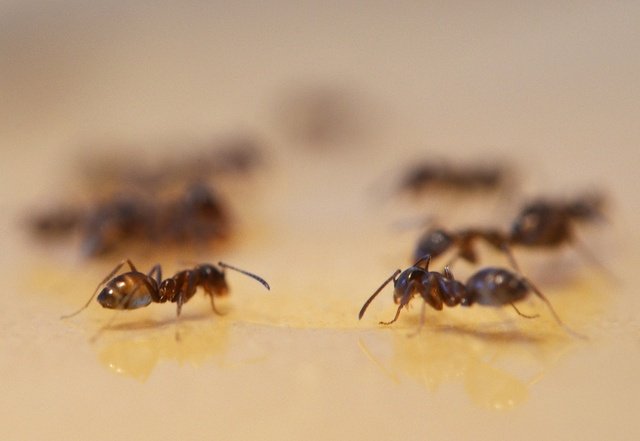Fill out the form below and a Cypress Creek representative will be in touch with you about your pest control needs.
BLOG

What Is The Difference Between ‘Non-Native Pests,’ ‘Invasive Pests,’ And ‘Tramp Ants,’ And Which Invasive Pests Infest Homes And Buildings In Houston?
Just about every ant species that is a known pest in the United States can be found in Houston including odorous house ants, acrobat ants, field ants, carpenter ants, and multiple species of native fire ants, most notably the southern fire ant. Because Houston is one of the world’s busiest port cities, authorities are constantly intercepting exotic arthropod species within cargo unloaded from commercial vessels. Ants are the most commonly intercepted group of non-native arthropods at the Port of Houston, and “tramp ants” are of the greatest concern of all commonly intercepted pests at US ports.
Tramp ants are species that have established an invasive population throughout much of the world due to the ease with which they are inadvertently transported to new regions within shipping materials. Tramp ant species that have become well established in Houston include Pharaoh ants, Argentine ants, rasberry crazy ants, longhorned crazy ants, ghost ants, big-headed ants, and red-imported fire ants. Tramp ants are well adapted to living in close association with humans, and for reasons that are not fully understood, all tramp ant species prefer to dwell solely within urban and suburban settings as opposed to the natural undisturbed environment.
Most tramp ant species are considered by entomologists to be invasive species, but this is not always the case. Invasive pests are non-native species that establish thriving habitats in foreign environments, which inevitably causes ecosystem upset. Most arthropod species that are consistently referred to as invasive pests rather than mere non-native pests are those that cause ecological harm in environments outside of their native range. For example, the red-imported fire ant (RIFA) is certainly a tramp ant due to its worldwide distribution, but the RIFA is also invasive because its presence in the southern US displaces native ants that are ecologically beneficial and that local wildlife rely on for food. Indoor cockroach pests, on the other hand, are not generally considered invasive despite the fact that all major cockroach house pests in the US are non-native species.
Cockroaches dwell primarily within or near structures where their presence has little effect on native species. However, non-native arthropod species do not necessarily have to have an adverse effect on foreign ecosystems to meet the criteria of an invasive pest. By definition, invasive pests include any non-native species that negatively affects the economy or human health in areas outside of the species’ native habitat range. Therefore, it is not inaccurate to refer to cockroach pests in the US as invasive. Other invasive species that are common pests of homes and buildings in Houston include Formosan subterranean termites, brown widow spiders, Asian tiger and yellow fever mosquitoes, and brown marmorated stink bugs.
Have you home ever been infested with invasive insect pests?

